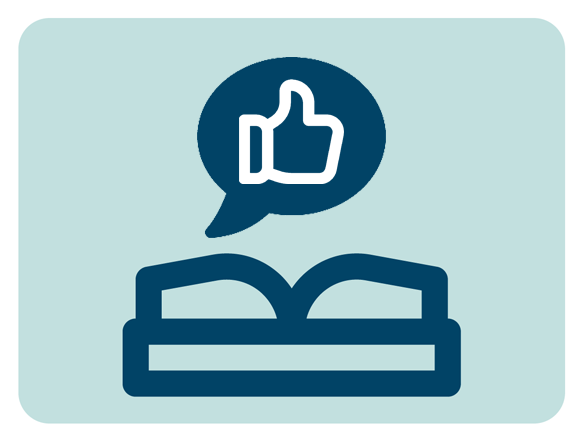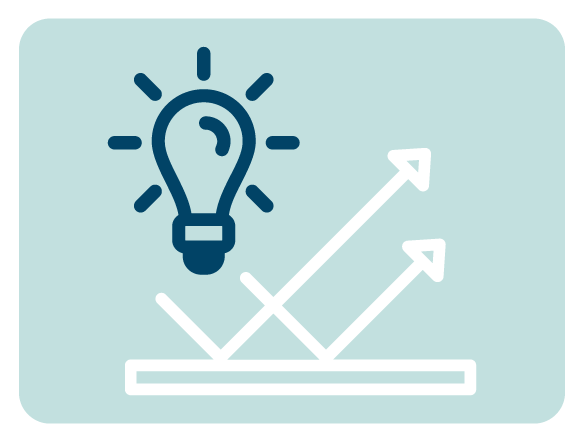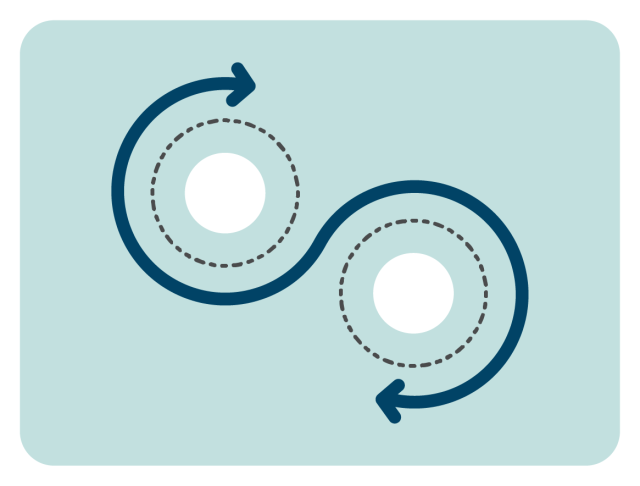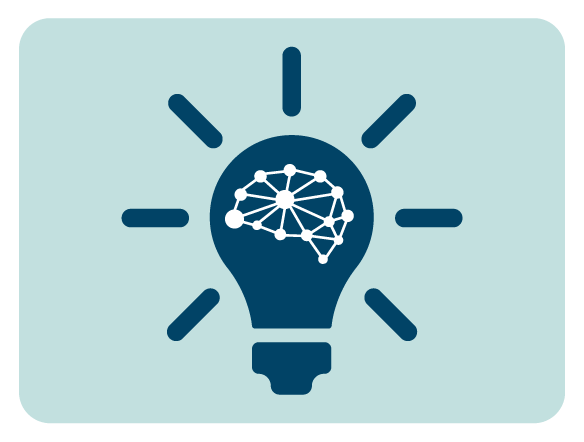Constructive Learning Through Peer Review and Feedback Literacy
Assessing Student Learning
Engaging Students
Online Teaching
Learning Outcomes




Context
This activity is for the course BEE3299/5299: Sustainable Development, which includes students from many different disciplines and majors.
As part of the process, students build a Digication web portfolio for their project. They record the work for each step in their portfolios, which provide a space where their ~10 person peer group can read, learn from, and constructively comment on the project. Students and a team of undergraduate teaching assistants (TAs) use Canvas Peer Review to provide feedback and, in the case of the TAs, to also assess the quality of the students' peer review comments. The team of undergraduate TAs follows the same positive and constructive model to provide detailed feedback to the students.
Implementation
Richards structured the semester-long project with clear learning objectives and a scaffolded path to guide students. The project unfolds in several distinct stages, with a feedback loop built into each step.
Project Stages
Students complete the following components sequentially, posting their work to a Digication portfolio at each step for peer and TA review:
- Topic proposal: Students craft a proposal for a product or system they wish to analyze. This crucial first step is refined through an initial round of peer and TA feedback, to ensure the topic is both interesting and workable.
- Three-pillar analysis: Students conduct the core research for their Life Cycle Sustainability Assessment (LCSA), tackling each of the three "pillars" as a separate module:
- Environmental Life Cycle Assessment (eLCA)
- Life Cycle Costing (LCC)
- Social Life Cycle Assessment (S-LCA)
- Guided reflection: Before compiling their final report, students complete a formal reflection on their learning process. They write down their thoughts in response to three key questions:
- What has changed (or has been reinforced, or is now more nuanced, etc.) in your views about sustainability?
- If you could write a message to your past self, about to enroll in this course at the beginning of the semester, what would you write as advice or encouragement?
- Do you feel at least a little better equipped to handle the complexity and data limitations that you have encountered?
- Final report: Students incorporate all the previous stages and the feedback they have received throughout the semester into a comprehensive final report.
TA and Feedback Structure
A unique aspect of the implementation is the use of undergraduate TAs who have previously taken the course and are enrolled in a partner course, BEE 4980: Undergraduate Teaching.
- Process: The TAs are assigned to small groups of students and are responsible for reviewing their work and the quality of their peer feedback at each stage. While students post their main work on Digication, TAs use the Canvas Peer Review tool to access and assess the peer comments.
- TA rubric: The TAs use a structured rubric to guide their own feedback, ensuring it is helpful for student improvement. The criteria focus on providing feedback that is:
- Supportive: Guides students on any misconceptions.
- Specific and descriptive: Points to exact sections to describe what was incomplete or could be improved.
- Actionable: Provides clear suggestions and recommendations for revision.
- Accountability: A key grading component is student accountability. Students must demonstrate in their final report how they evaluated and acted upon the specific feedback they received from both peers and TAs.
Challenges
- Create an onboarding peer review activity.
- The onboarding peer review activity's goal is to allow students to practice the skills of giving and receiving feedback, based on existing best practices. This activity does not focus so much on the written piece that students will later submit, but rather on the process of commenting on and providing constructive advice for their peers’ work. Specifically, this activity focuses on qualitative feedback, such as written comments, NOT quantitative feedback, such as scores.
- Create an onboarding peer review activity.
- Allow students to incorporate their personal interests and backgrounds into the project.
- This encourages student investment, motivation and engagement, and creates opportunities for their peers to consider alternative aspects and approaches to problem-solving.
- Allow students to incorporate their personal interests and backgrounds into the project.
Reflection and Future Directions
The assignment's impact is best captured in student reflections that show a clear growth in metacognition.
For TAs, the process sparked self-assessment:
“My ‘TA mode’ turns on … if I’m grading my own assignment, what grade would I give myself?”
For students, the project fostered a tolerance for ambiguity and critical inquiry, as one powerfully wrote in a "Letter to My January Self":
“You’re about to enter a course that will not hand you answers, but will give you something more powerful: the tools to ask better questions... Don’t be discouraged when things feel ambiguous, this is what real sustainability work looks like.”
These successful outcomes provided a strong foundation for future refinements to the assignment.
